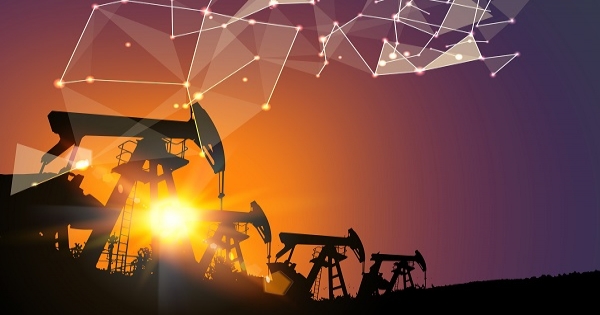Given the nature of its heavy capital investment costs, the oil and gas industry tends to take longer to pivot to new technologies. Still, the industry is pivoting toward the latest trends in business, industrial, and software technology, allowing it to catch up with other industries in recent years. Adopting and even improving these technologies has saved many companies time, energy, and resources.
In this article, we are going to take a look at some of the most notable technological trends and their implementations in the oil and gas industry.
Automation and Robotics
The oil and gas industry has long required workers with both impressive physical strength and knowledge of highly technical work processes. These tasks can be highly dangerous for a couple reasons: natively, due to things like long-term exposure to harmful chemicals, and by accident, such as when human error causes a dangerous situation.
Implementing automation and robotics can take the danger to humans out of the equation for many tasks. Robotic technology is capable of performing such tasks with more repeatable precision and without needing to expose a human operator to harsh conditions. This is particularly important when teams are working on remote sites without access to regular and rapid support, as often happens in the industry.
The improvements to worker safety provided by automation come with other advantages as well. Automation removes the burden of repetitive tasks from the employees, freeing them up for more interesting and valuable work. This reduces the labor costs that go into unproductive and mundane tasks while leading to higher efficiencies in all stages of the workflow. A prime example of this is the way in which remote-controlled robots can be used for sludge removal operations in storage tanks. This is a naturally dangerous task for a team due to the potential for chemical exposure, but the robotics systems have been shown to cut the cleaning time down by 20–30%.
Artificial Intelligence
Artificial intelligence and machine learning have revolutionized entire industries, from software to transportation to healthcare. AI can use data from various sources to predict future trends, monitor the efficiency of current operations, optimize automation, and much more.
Implementing AI has allowed oil and gas to identify inefficiencies in their operations and improve the selection of drilling sites. In terms of operations, AI has a massive impact on the speed and accuracy of logistics assignments and has been used to communicate and assign tasks to teams. AI can also help to operate devices and machinery on-site, improving the effectiveness of responsive technology.
Use of Big Data & Analytics
Analytics software can process massive amounts of data from across a company’s workflow and operations to determine where to most effectively allocate resources. Incorporating hard data into the decision-making process greatly improves the reliability of outcomes and the ability to meet strategic goals. For example, a company can use data they collect on the effectiveness of new technologies to determine whether future investments will provide sufficient returns.
From the analysis of industry trends to financial projections and supply chain analysis, data-informed strategy can significantly affect company profits — particularly when paired with AI, IoT, robotics, and automation.
Internet of Things
The Internet of Things (IoT) reframes the role of the internet in society and business. No longer is the internet just online — rather, it enables the connection and coordination of devices and hardware across systems at any distance. Connecting the infrastructure and physical equipment of the oil and gas industry to the IoT enables greater network and individual machine efficiency and increases worker safety.
Since information about IoT devices is centralized, companies can easily collect real-time data. This data can be fed into AI, big data analysis software, or even just a command center to improve coordination, oversight, and maintenance planning.
Without the connectivity provided by IoT, each technological improvement stands apart in its own vacuum. On the other hand, connection to the IoT provides the benefits of network effects and combined, coordinated efficiencies.
Changing the Oil and Gas Technology
This is just a surface-level glance into the major technological trends of the 21st century and their implementation in the oil and gas industry. The specific technologies and strategies already implemented, such as using robotics for tank cleaning or AI for better reservoir estimation, vary widely and can be found in every area of the industry. As it strives to increase efficiencies and cut costs, the oil and gas industry will have to continue its pursuit of these amazing innovations.








